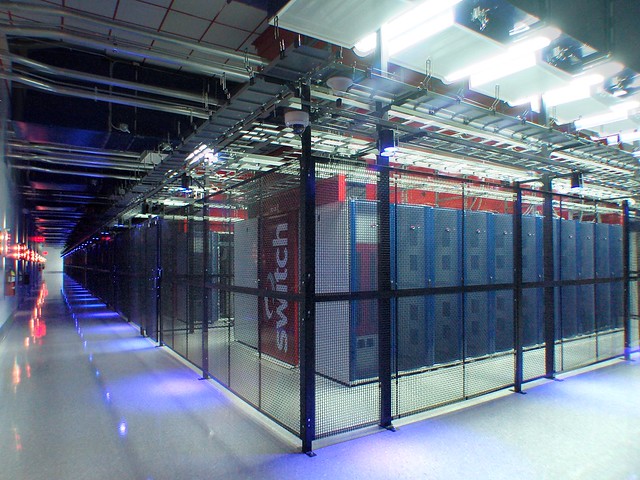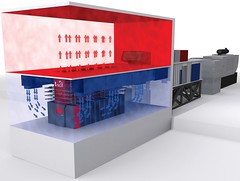Unfortunately the provider for this webinar requires a login to listen to this discussion. If you don’t wish to register, my username is [email protected] and my password is 000000
Mark Thiele from Switch recently invited me to participate in a webinar he was moderating on the Efficiency and Ecological Responsibility of Cloud Computing which took place yesterday evening.
Also participating in the discussion were Harkeeret Singh (aka Harqs) Global Head of Energy & Sustainable IT at Thomson Reuters and Jason Hoffman CTO and Founder of Joyent.
The discussion started off asking whether or not cloud computing is efficient and the panel was fairly unanimous in deciding that cloud computing is not efficient. The main point I made here is that because cloud providers are not publishing energy information, it is not possible to say whether or not cloud computing is energy efficient.
At around 15 minutes into the conversation, we shifted on to asking whether or not cloud computing is green. There was a good discussion on this with the fact that efficiency not necessarily being green being one of the main points raised. Also brought up was how plummeting costs of cloud computing are leading to an explosion in consumption – in itself not very green. And as a counterpoint Harqs raised the fact that lower costs are beneficial to start-ups in developing countries.
Then 33 minutes into the conversation, we started discussing the impacts on water of cloud computing. One point I raised is that if you run a 25kW rack for one hour the water footprint from electricity productions is:
- 0.1 litres if the electricity comes from wind
- 2.5 litres if the electricity comes from solar
- 45 litres if the electricity comes from coal and
- 55 litres if the electricity comes from nuclear (and this doesn’t include the considerable water footprint of uranium mining).
Nuclear power plants use phenomenal amounts of water. From the Union of Concerned Scientists report [PDF] on this
the typical 1,000 Mwe nuclear power reactor with a 30oF ?T needs approximately 476,500 gallons per minute. If the temperature rise is limited to 20oF, the cooling water need rises to 714,750 gallons per minute. Some of the new nuclear reactors being considered are rated at 1,600 Mwe. Such a reactor, if built and operated, would need nearly 1,144,000 gallons per minute of once-through cooling for a 20 degree temperature rise.
Actual circulating water system flow rates in once-through cooling systems are 504,000 gpm at Millstone Unit 2 (CT); 918,000 gpm at Millstone Unit 3 (CT); 460,000 gpm at Oyster Creek (NJ); 311,000 at Pilgrim (MA); and 1,100,000 gpm at each of the twp Salem reactors (NJ).
And that level of water consumption has big biodiversity effects – imagine the large water intakes required for a nuclear plant taking in one million gallons of water per minute. These water intakes don’t just take in water, they also take in any life forms in that water. None of these life forms survive going through a nuclear power plant obviously. And then there’s the heat pollution effects from the warmer water coming from the power plant outlets.
Towards the end of the discussion Jason asked if making this data available to end users would be a clear differentiator for Joyent. I responded that it would be because a) there is a demand for this information and b) because having seen how Greenpeace successfully went after Facebook, (and in their latest report are now targeting Apple, Amazon and Microsoft) for their dis-regard for the footprint of their cloud computing infrastructure, nobody wants to be the next company in Greenpeace’s sights.
Harqs added that any company pursuing such a policy should open-source it so everyone could contribute to the development of constantly improving reporting standards.
The highlight of the webinar for me was at 47:30 when Jason committed to doing just that.
All in all a superb discussion with a fantastic outcome. I hope you enjoyed it as much as I did.



